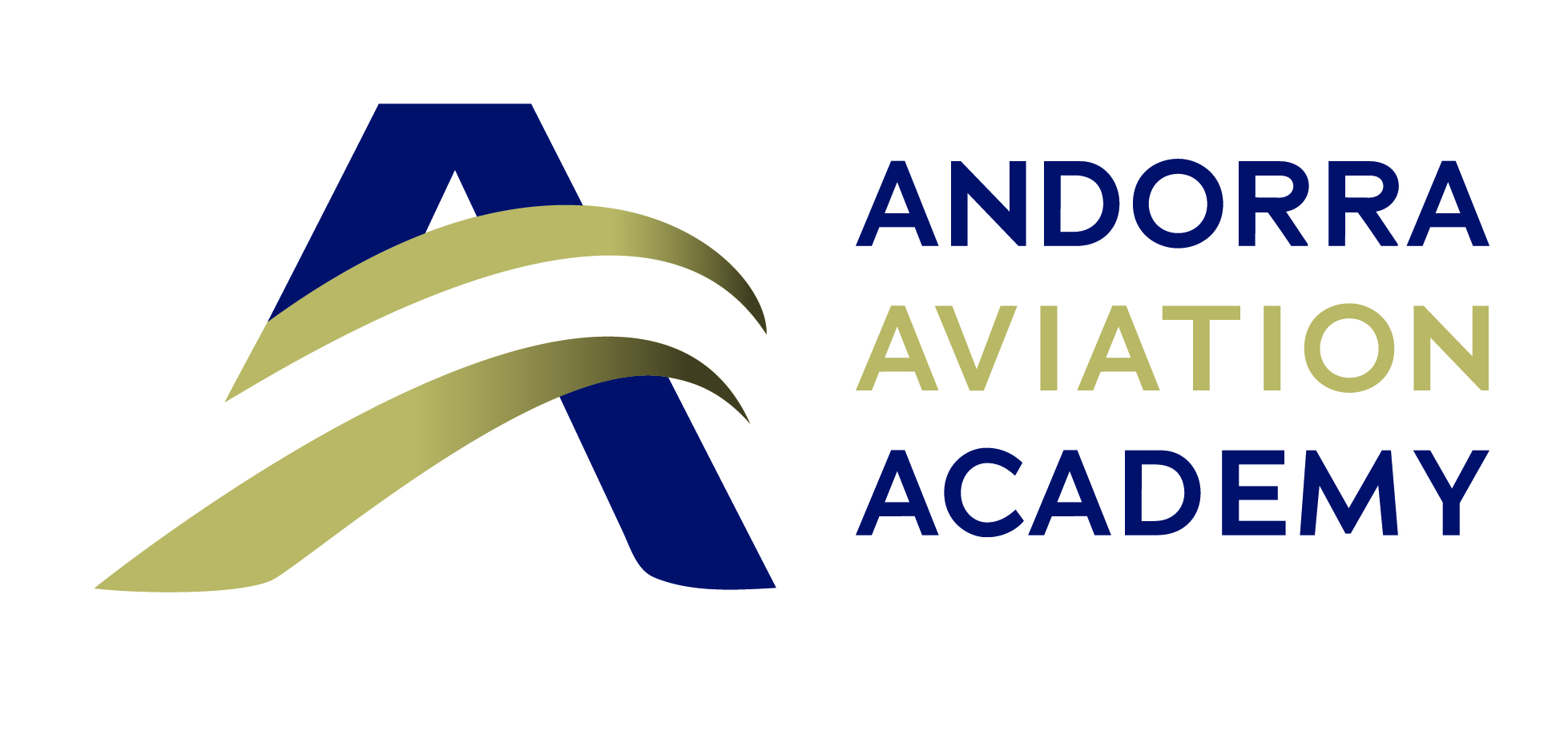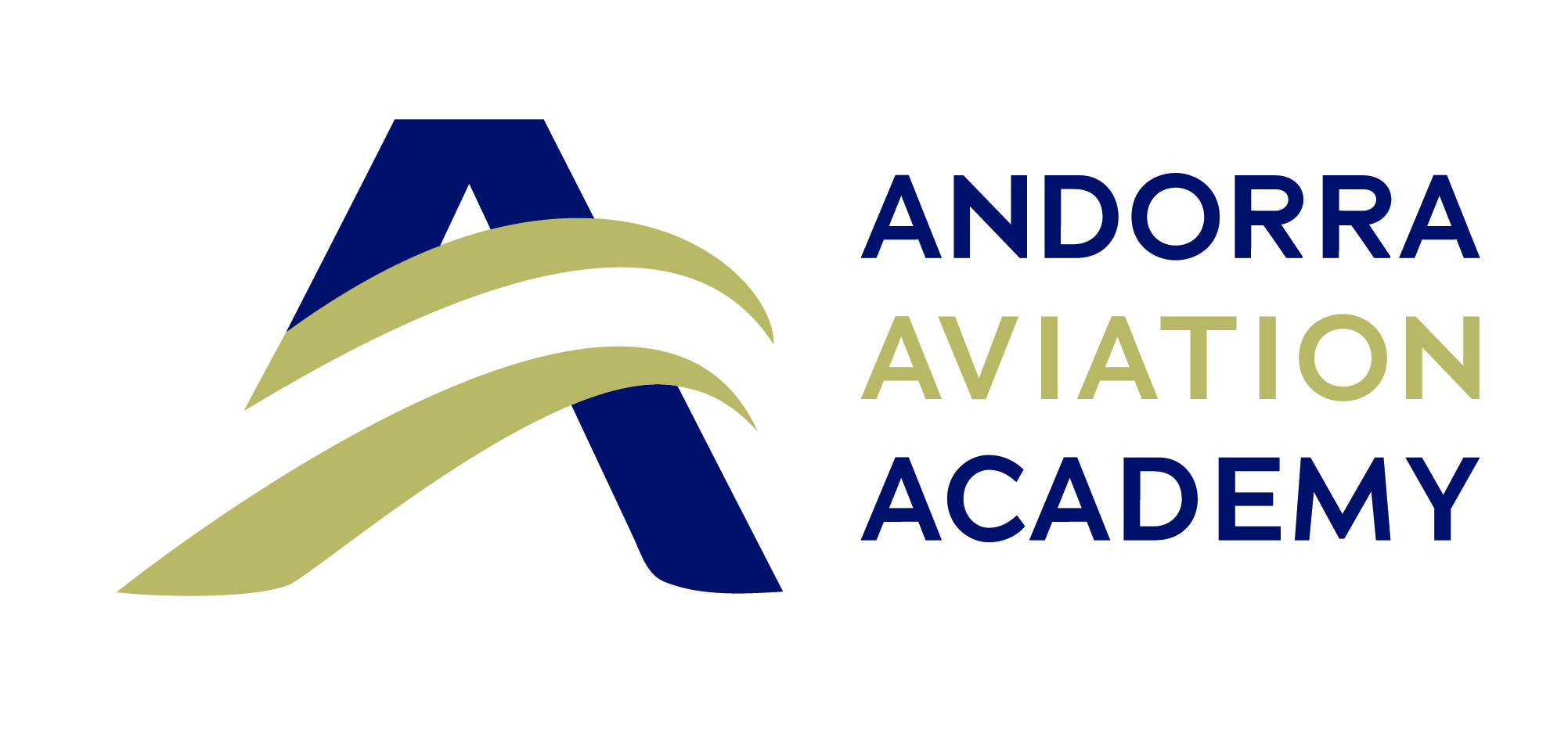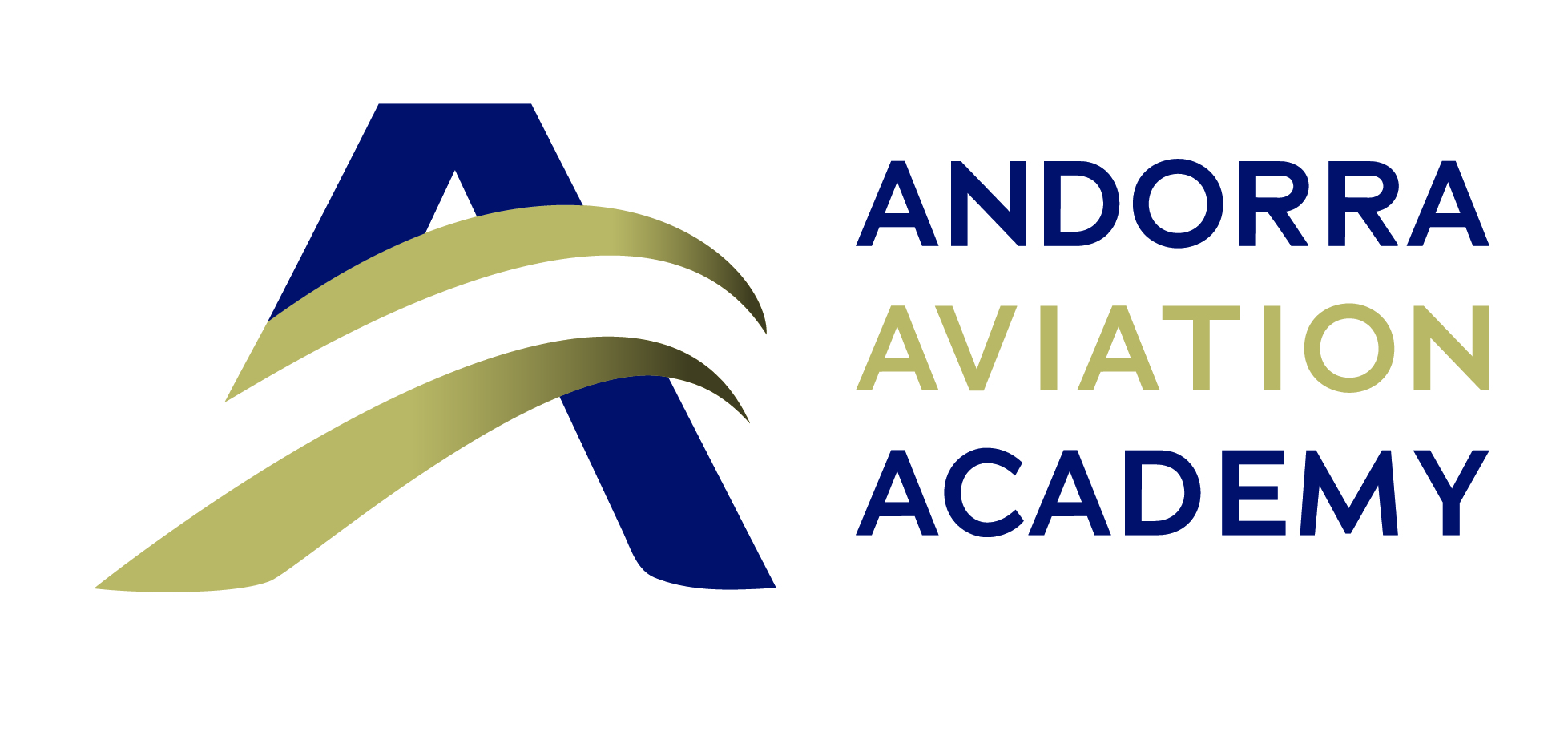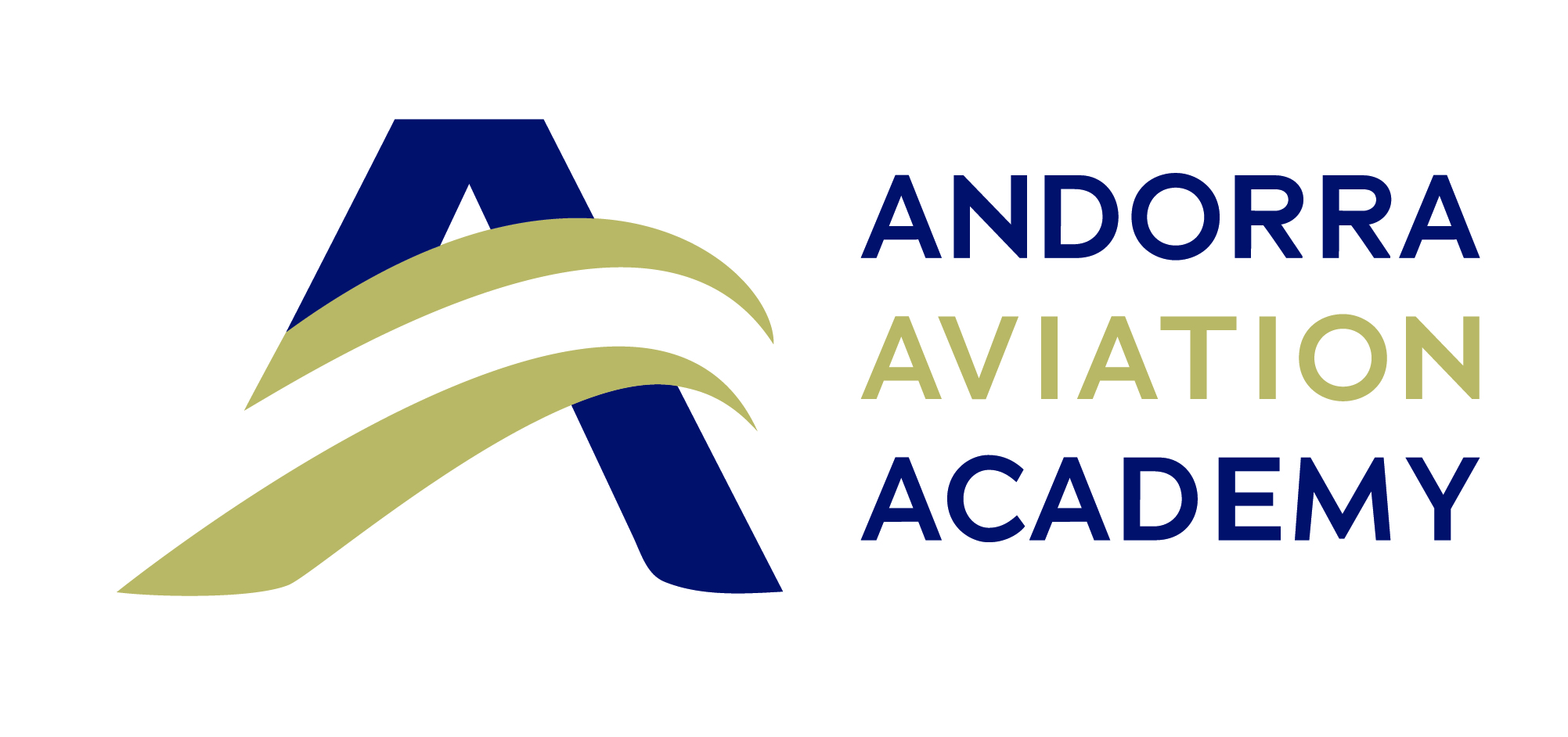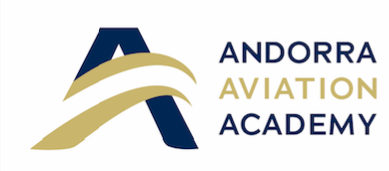Title Page
-
Site conducted
-
Conducted on
-
Prepared by
-
Location
TrainingATPL Content
ATPL Structure
Training Plan compliance
-
EASA Reference Part FCL.515 (100 KSA) Part ORA.ATO.300
-
ATO Reference TRM.ATPL.DL A / OM section 4
ATPL Training
-
EASA Reference ORA.ATO.230 & AMC1 ORA.ATO.230 FCL.515 requirements AMC 1 FCL 310
-
ATO Reference TRM.ATPL DL.A /Master ATPL Matrix / ATO.IFR.001
-
Is training programme compatible with EASA LO's
-
Is Structure of ATPL course described?
-
Does a procedure exist to modify a sequence in the course?
-
Are Lesson plans presented?
-
Are defined timing (per subject) matching hours allocated and delivered?
-
Are assigned TKIs standardised and approved for the subject delivered?
-
Is the balance between supervised CBT hours and TKI teaching hours respected?
-
Teaching materials do they match Academy's standards in term of structure?
-
Teaching materials do they match TRM Content
-
Is the training content assessed during CTKI supervision
-
Is course delivery technique respected ? (TRM.ATPL.DL D.3.2.4)
Training Records
-
TRM ATPL DL A.7.0/ Flight Logger (students profile)
-
Is there a process to check attendance
-
Is there a management of non-justified absence?
-
Are all justified absence correctly handled (studying instructions-post absence checks)
-
-
Is there a process to check the training records
-
Is the process efficient to assess student's progression?
-
Is the student's progression actively monitored?
-
Is training records template standardised?
-
Is there an assigned staff responsible to check training records?
-
Is the nature and the frequency if the check defined in the process?
-
Is the staff updating the records is entitled for it?
-
Safety Training TRM.ATPL.A8
-
Is safety culture promoted towards the students?
-
Are students informed how to report a safety related event?
-
Are students informed about emergency/contengencies procedures?
-
Assessment, tests and examination TRM.ATPL A.9
-
Does a testing/evaluation policy defined?
-
Are the defined numbers of tests completed?
-
Are Formative assessments performed (minimum 1)?
-
Were summative assessment efficient to : Motivate Students,<br>Identify strength and weakness and <br>Promote learning ?
-
Is there a feed back policy in place (Students/TKIs) to detect training deficiencies?
-
Are those feedback properly used to improve training effectiveness?
-
Are Summative assessments performed (minimum 2)?
-
Were Summative assessments conducted at the end of training and that lead to the issue of a licence and/or rating, have both legal and safety implications and therefore the personnel carrying out these assessments should have the necessary competencies to assess objectively and meet the authority’s requirements?
-
Is there a process to analyse the Final exams results and Authorise for NAA exams?
-
Are the decisions in accordance to the process?
-
Were some exceptions granted ?
-
Was the exception in line with the process and documented?
-
Training effectivness TRM ATPL. A.10
-
Is the testing policy efficiency to relate to the training objectives?
-
Are there data statistics to support these assessments?
-
Are data analysis conducted to evaluate the training efficiency?
-
Are the appropriate company's defined softwares used to let circulate informations between HT/CTKI/CKI and CMM/AM?
-
Is the designed procedure to suspend a student from training applied?
-
Are remediation defined as per the process?
-
Has the remediation offered improved the performance?
-
Was the remediation properly designed and supervised?
Audit outcome
-
Findings
-
Root cause Analysis
-
Corrective action Plan (CAP)
-
Responsible for CAP
-
Due Date
Safety Assessment
-
Is safety Impacted
-
Safety Event raised ?
-
Safety Event reference
Audit Performance and Completion
-
Has the audit been completed on time
- More than 15 days beyond due date
- Due date +15 days
- Within Due date
-
Date
-
Signature
